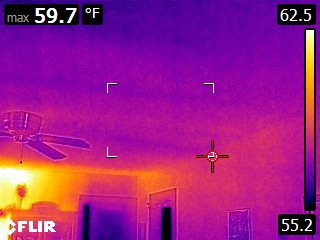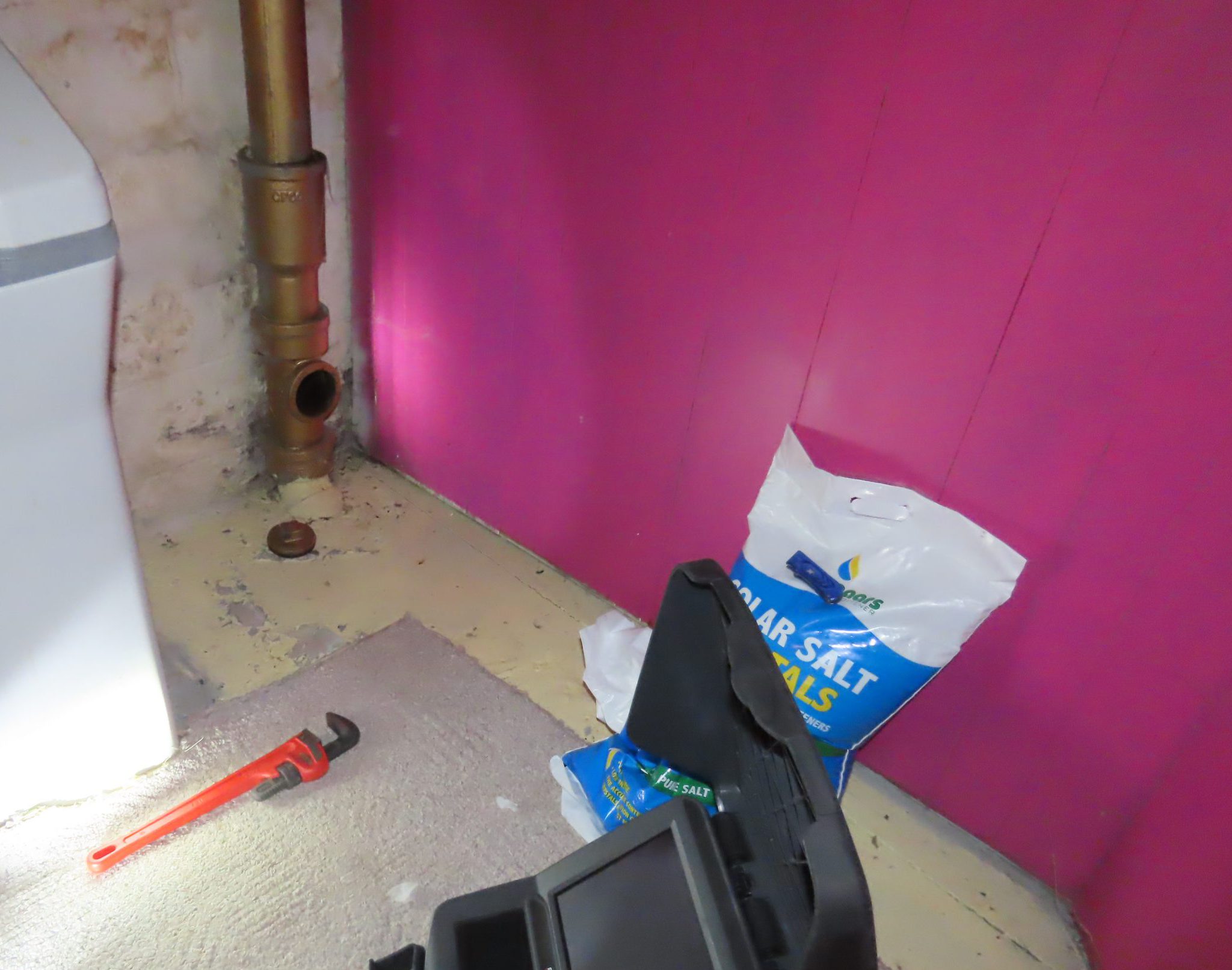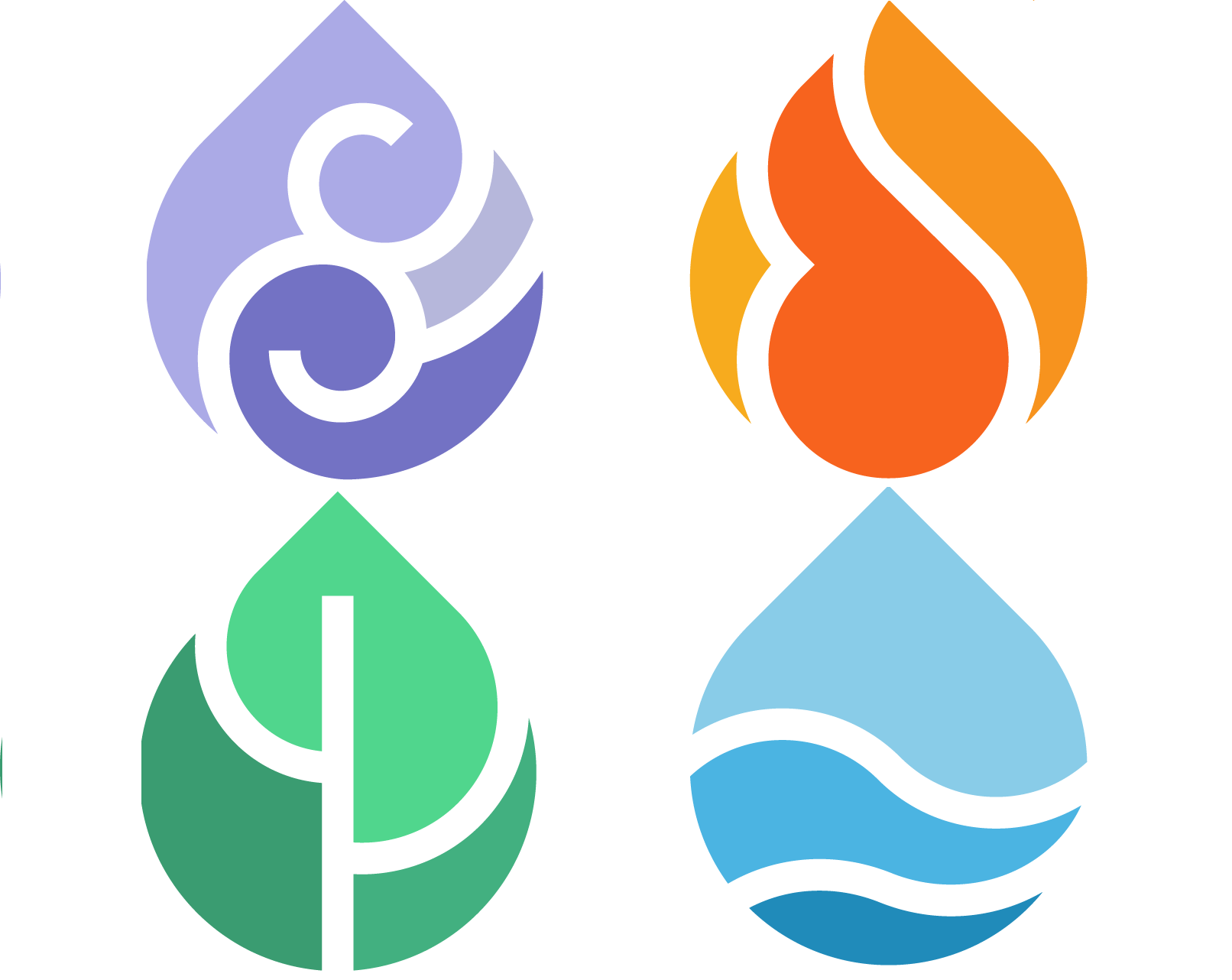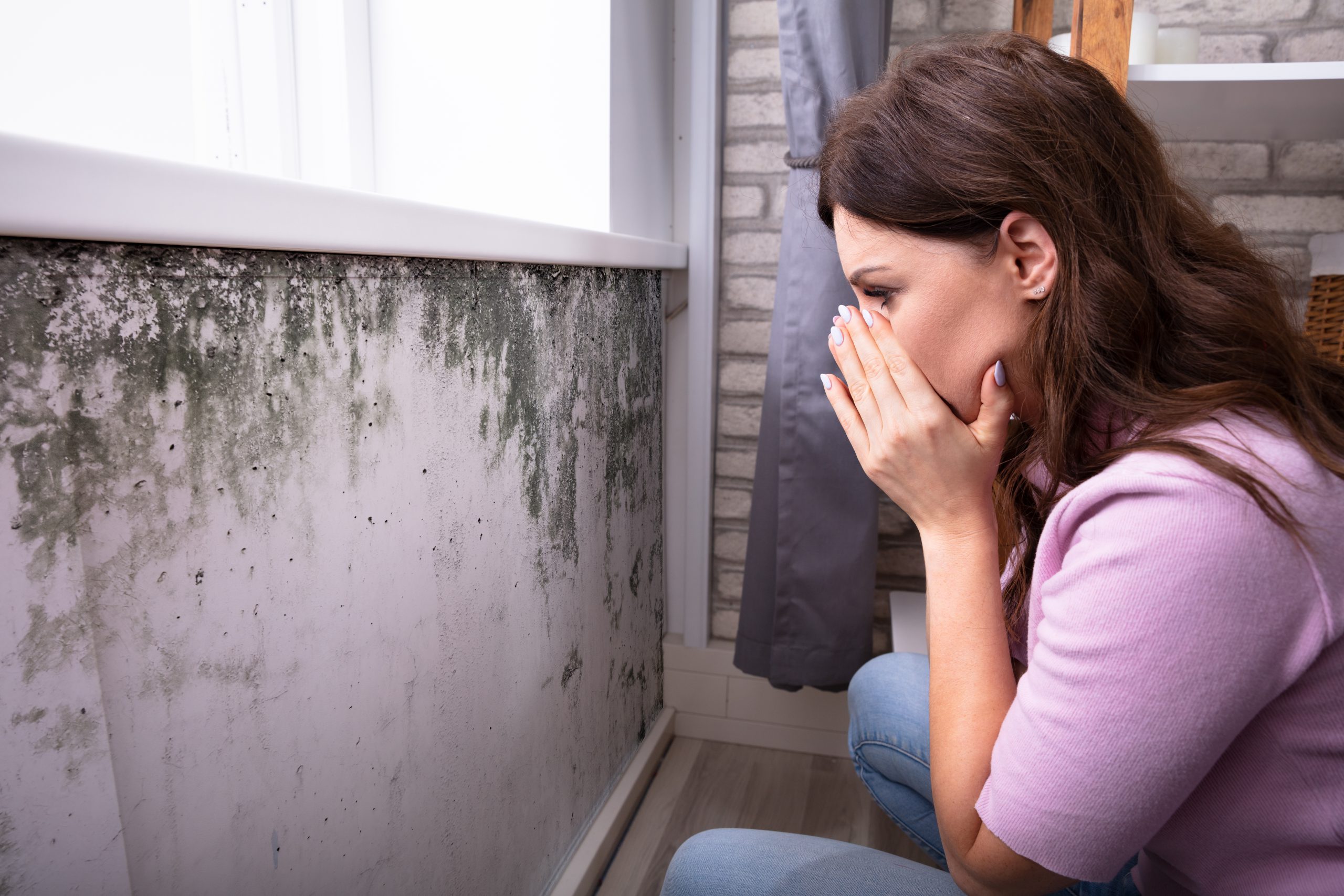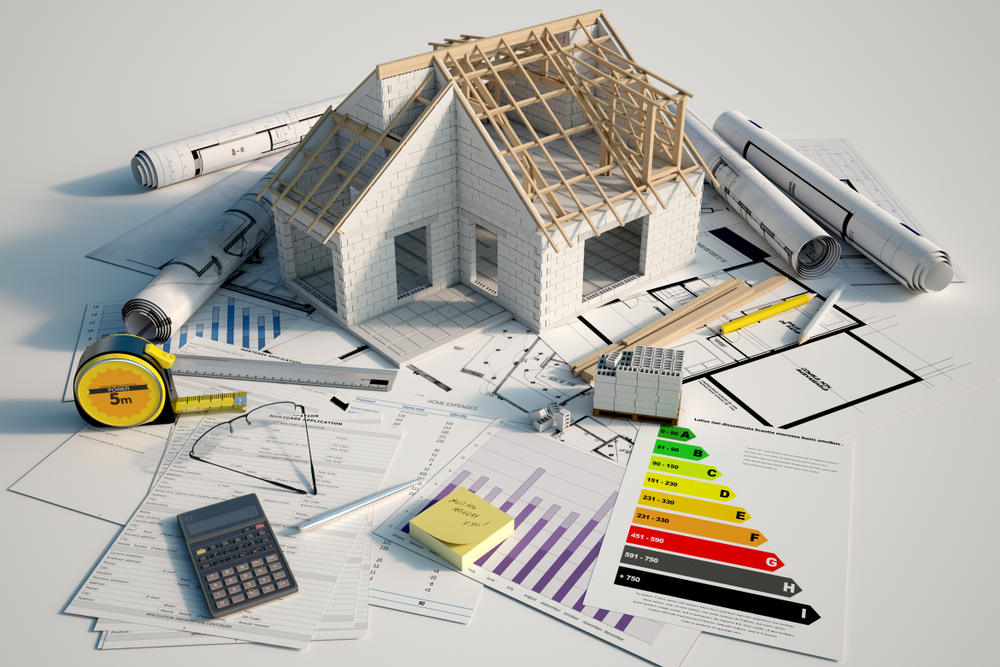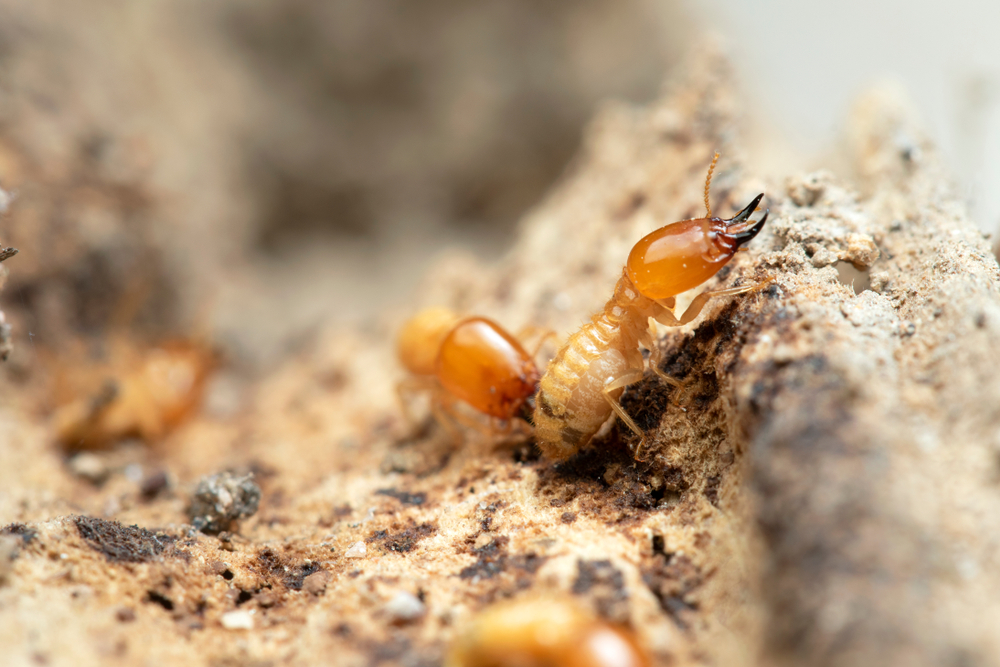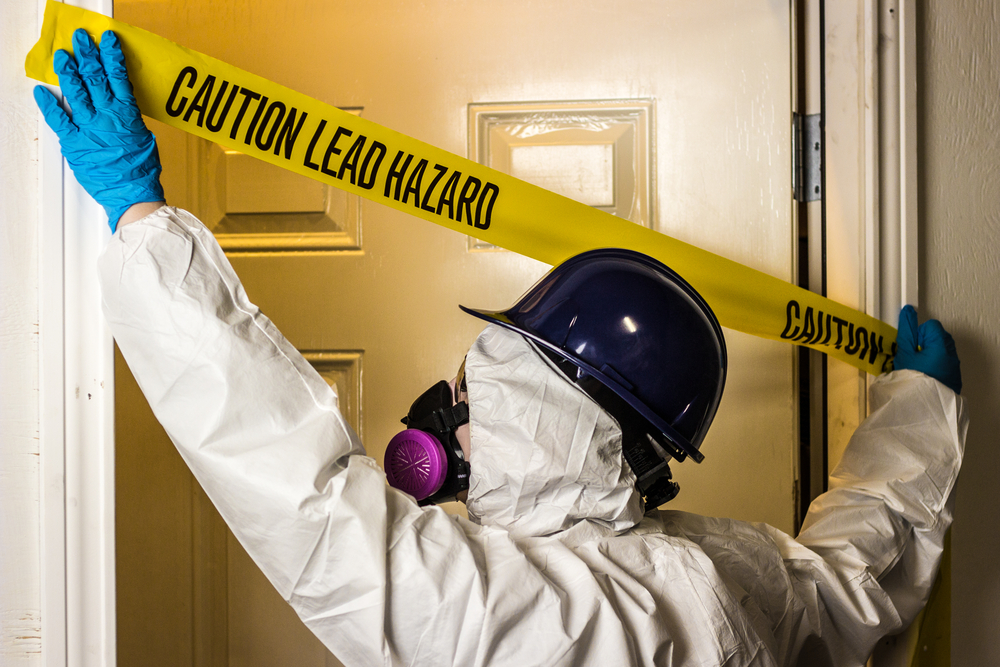Residential Homes
Multi-Family Homes
Commercial Buildings
Certified Property Inspections
We are experts in Residential and Commercial Properties. Contact us to find out how we can help protect your next possible investment!

Whats included in The
Each Inspection Report is tailored to your specific property!
Attic – The inspector shall inspect:
insulation in unfinished spaces, including attics, crawlspaces and foundation areas; ventilation of unfinished spaces, including attics, crawlspaces and foundation areas; and mechanical exhaust systems in the kitchen, bathrooms and laundry area.
Roof – The inspector shall inspect from ground level or the eaves:
the roof-covering materials; the gutters; the downspouts; the vents, flashing, skylights, chimney, and other roof penetrations; and the general structure of the roof from the readily accessible panels, doors or stairs.
Electrical System – The inspector shall inspect:
the service drop; the overhead service conductors and attachment point; the service head, goose neck and drip loops; the service mast, service conduit and raceway; the electric meter and base; service-entrance conductors; the main service disconnect; panel boards and over-current protection devices (circuit breakers and fuses);service grounding and bonding; a representative number of switches, lighting fixtures and receptacles, including receptacles observed and deemed to be arc-fault circuit interrupter (AFCI)-protected using the AFCI test button, where possible; all ground-fault circuit interrupter receptacles and circuit breakers observed and deemed to be GFCIs using a GFCI tester, where possible; and for the presence of smoke and carbon-monoxide detectors.
Plumbing System – The inspector shall inspect:
the main water supply shut-off valve; the main fuel supply shut-off valve; the water heating equipment, including the energy source, venting connections, temperature/pressure-relief (TPR) valves, Watts 210 valves, and seismic bracing; interior water supply, including all fixtures and faucets, by running the water; all toilets for proper operation by flushing; all sinks, tubs and showers for functional drainage; the drain, waste and vent system; and drainage sump pumps with accessible floats.
Heating & Air Conditioning – The inspector shall inspect:
the heating system, using normal operating controls. the cooling system, using normal operating controls.
5. Structural Components – The inspector shall inspect:
the foundation; the basement; the crawlspace; and structural components.
Interior – The inspector shall inspect:
- A representative number of doors and windows by opening and closing them; floors, walls and ceilings; stairs, steps, landings, stairways and ramps; railings, guards and handrails;
- Exterior – The inspector shall inspect:
the exterior wall-covering materials; the eaves, soffits and fascia; a representative number of windows; all exterior doors; flashing and trim; adjacent walkways and driveways; stairs, steps, stoops, stairways and ramps; porches, patios, decks, balconies and carports; railings, guards and handrails; and vegetation, surface drainage, retaining walls and grading of the property, where they may adversely affect the structure due to moisture intrusion.
Garage – The inspector shall inspect:
garage vehicle doors and the operation of garage vehicle door openers, using normal operating controls.
Bathroom(s) –
Inspection of the bathrooms typically includes the following: walls, floors and ceiling; sink (basin, faucet, overflow); cabinets (exteriors, doors, drawers, under sink); toilet/bidet tub and shower (valves, showerhead, walls, enclosure); electrical (outlets, lighting); and room ventilation.
Bathroom(s) –
Kitchen and Built-in Appliances – The inspector is not required to:
operate or evaluate self-cleaning oven cycles, tilt guards/latches, or signal lights.
12. Laundry Room –
A visual examination will not detect the presence of lint accumulated inside the vent, which is a potential fire hazard. The Inspector recommends that you have the dryer vent cleaned at the time of purchase and annually in the future to help ensure that safe conditions exist. Lint accumulation can occur even in approved, properly installed vents. All work should be performed by a qualified contractor.
